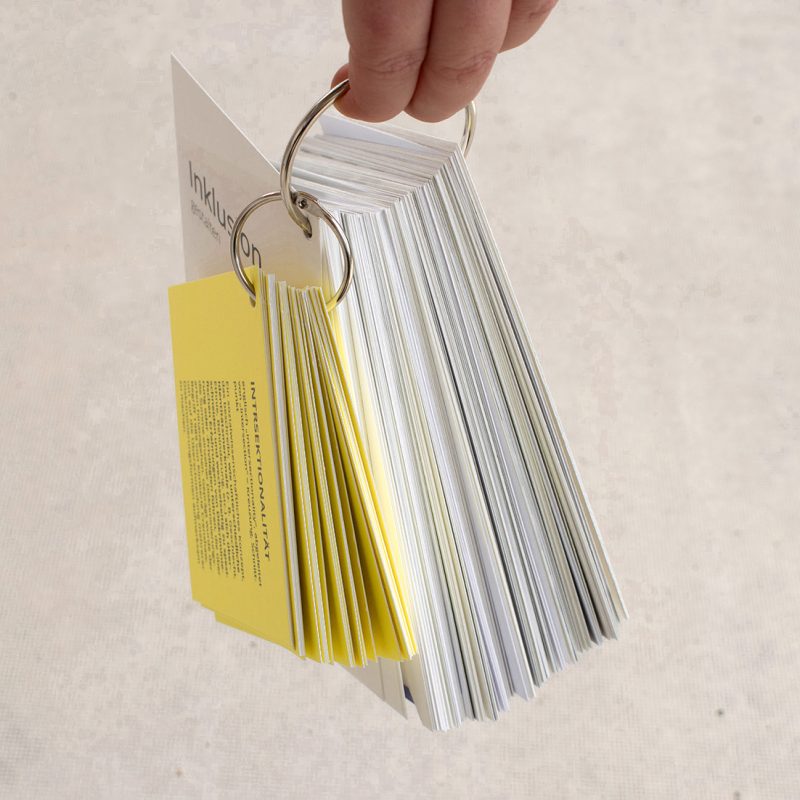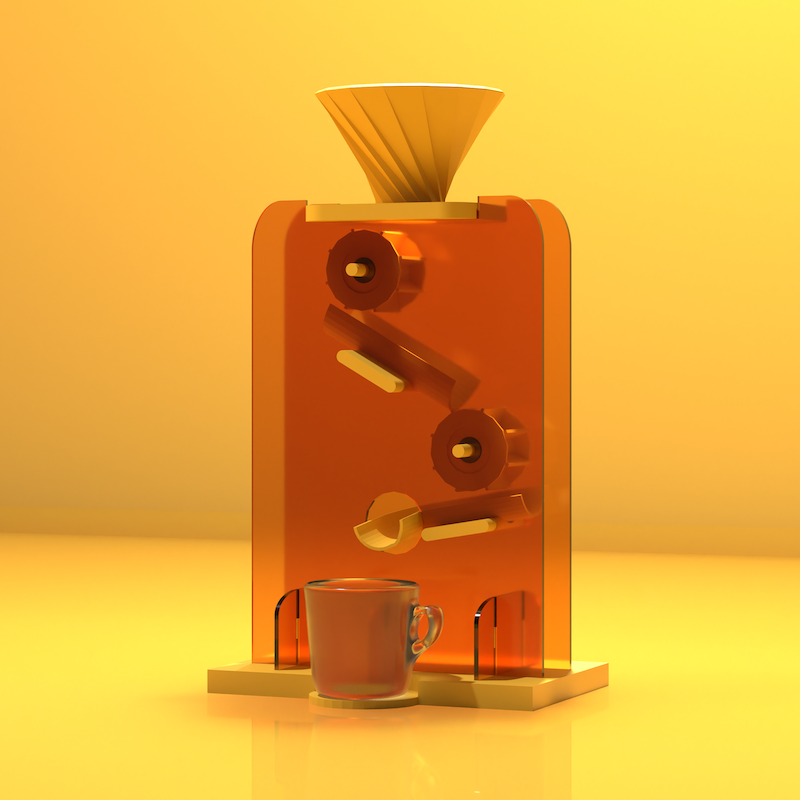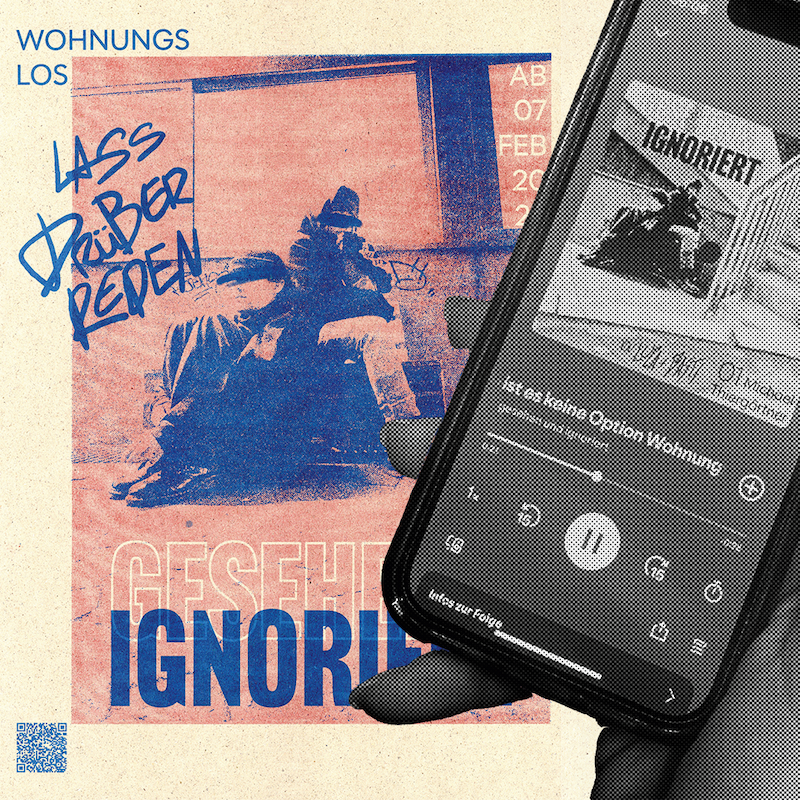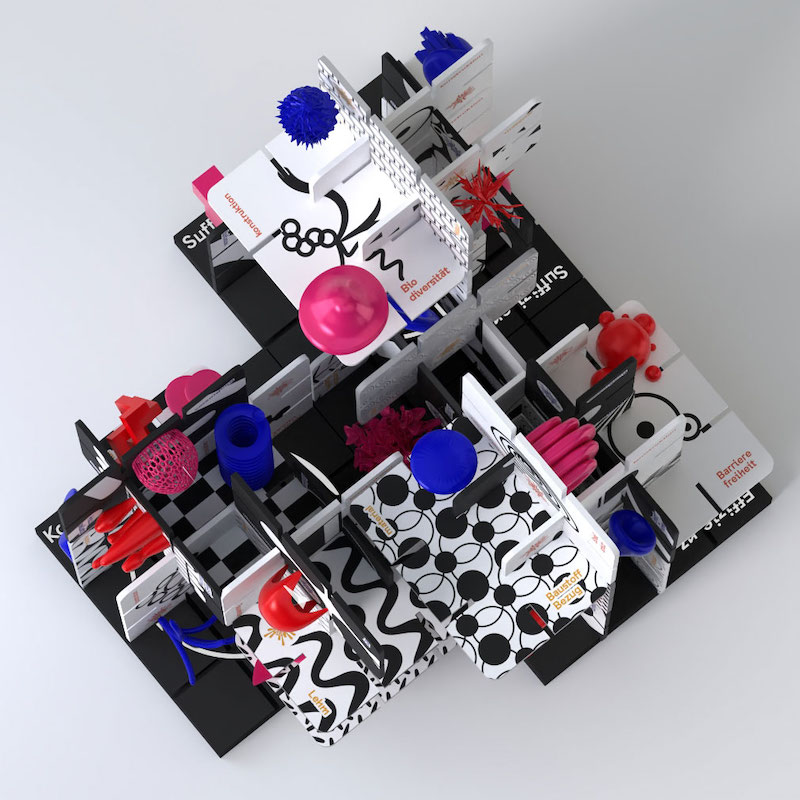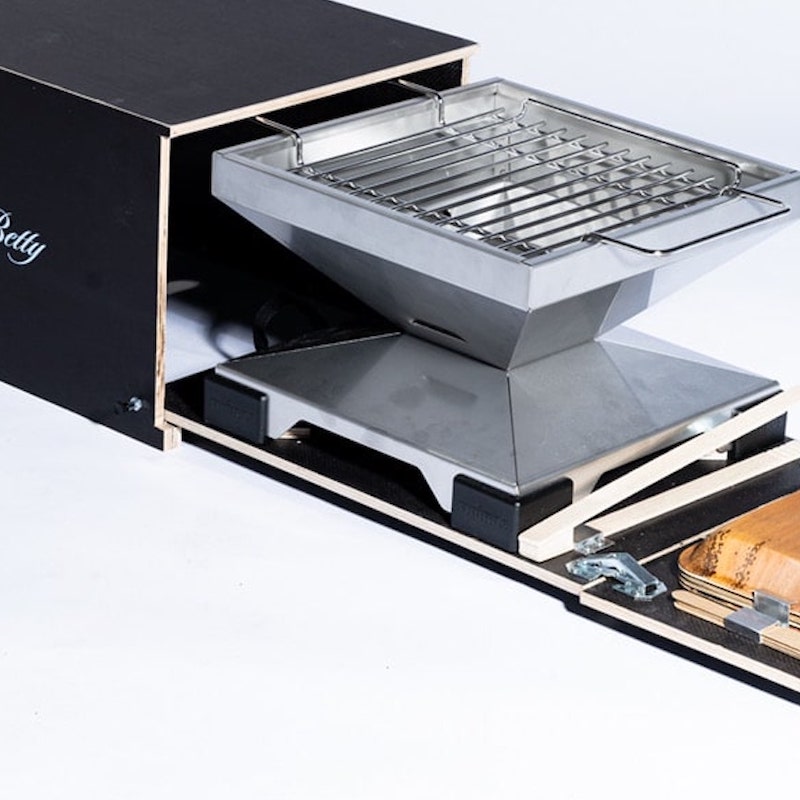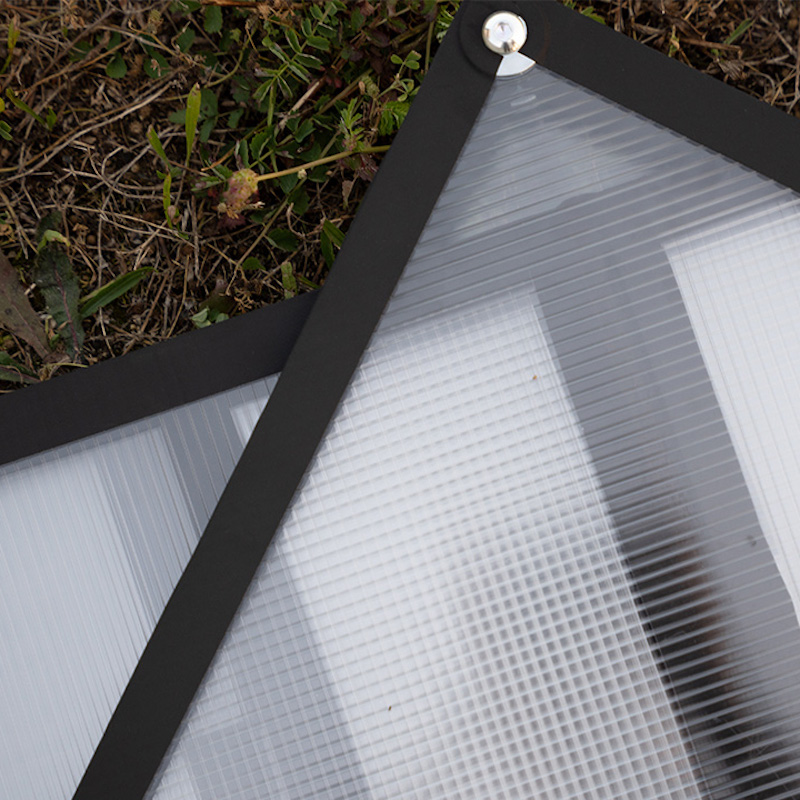Prof. Judith Glaser
Neo-analogue object design / Design for digital life and knowledge worlds
Vice Dean
judith.glaser@thws.de
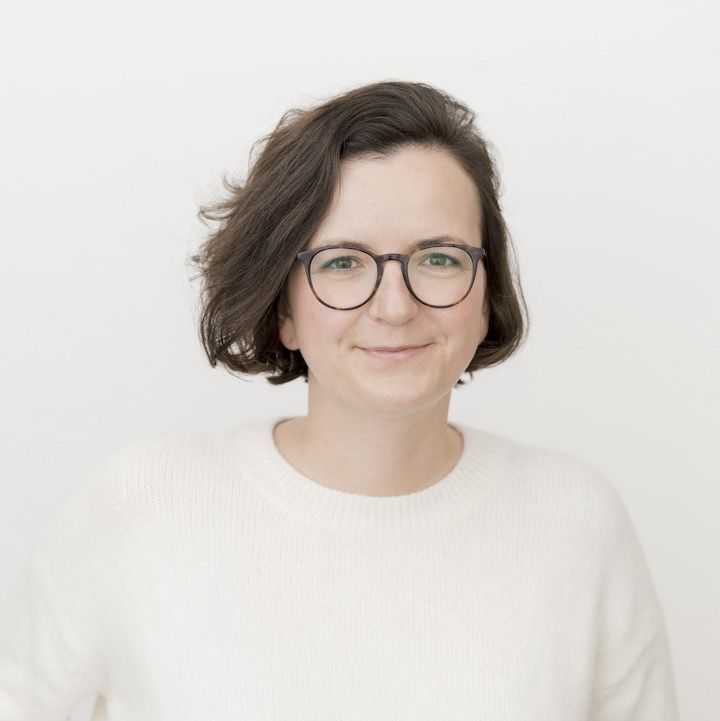
Short Bio
Judith Glaser is a trained goldsmith with professional experience in Germany and abroad. As part of an economic development program of the Gesellschaft für internationale Zusammenarbeit (GIZ), she was involved in the training of Nepalese goldsmiths, among other things.
In 2011, she began studying product design at the Berlin Weißensee School of Art and Design as well as Lund University (Sweden). Judith Glaser completed her master’s degree with a focus on interaction design. After freelancing activities in research and industry, she been working for Studio NAND from 2018 to 2023. Studio NAND is a Berlin-based design studio specializing in data-driven user interfaces and interactive technologies. She has been involved in the conception, design and implementation of a wide range of projects in collaboration with start-ups, cultural institutions along with large corporations (including Deutsche Bahn, the British Museum or the Future Center Europe).
Her work as design professional as well as her years of teaching the interdisciplinary project format Coding IxD led to her research interest in skills and knowledge constellations at the intersection of design and computer science. This interest is also reflected in her design focus in the field of neo-analog, a synthesis of digital (code) and analog (material) interaction.
Since 2021, Judith Glaser has been an Associated Investigator in the research project Cutting at the Cluster of Excellence at Humboldt University Berlin (Matters of Activity). She taught as a visiting professor in the product design department at the Kunsthochschule Berlin Weißensee before being appointed to the Faculty of Design Würzburg in the summer semester of 2023.
Latest
International student exhibition: Malleability of Time and Space, Eskenazi Fine Arts Center, Indianapolis, USA.
Project archive and further news on DigitalPractices
Design and research focus
- Linking analogue and digital interaction, as a contextualized symbiosis of code, material and form (neo-analogue interaction).
- Design practices that oscillate between digital and analog.
- Role of the prototype as a mediator in the design process and in interdisciplinary settings.
- Potentials of design for digital transformation.
- Value negotiations in the design of desirable technology concepts.
Activities
- Head of Neo-analog Object Lab: form finding, rapid prototyping, interaction.
- First aider for mental health at the Faculty of Design. Feel free to get in touch at any time.
- Founding member and board member of the Friends of the Faculty of Design Association »Bergfreundschaft e.V.«
- Member of the German Society for Design Theory and Research (DGTF)
- Associate researcher at the Cluster of Excellence at Humboldt University Berlin Matters of Activity, project: Cutting.
- Member of the Forschungskreis, Research in Art and Design.
Research Projects
- 4000 Miles – Hybrid Practices in Intercontinental Teaching of Design and Art (06.2024-05.2025)
Associated
- EMPOWER – Meta-Consent Framework for Responsible Patient-Centered Health Data Disclosure (2025)
- WerteRadar – Donating health data with confidence (2020-2023)
Publication (selected)
-
Bothner, S., Glaser, J., & Königbauer, M. (2025). Gestaltungskompetenz im Rahmen interdisziplinärer Lehrteams an der Schnittstelle zum Design. In M. Braßler, S. Lerch, & S. Brandstädter (Hrsg.), Interdisziplinarität in Forschung und Lehre gestalten Bedingungen, Teamarbeit, Räume, Methoden (Bd. 3, S. 67-82). wbv Publikation. https://www.wbv.de/shop/Interdisziplinaritaet-in-Forschung-und-Lehre-gestalten-I78915
- Paul, M., Valkova, N., Craig, S.W. and Glaser, J. (2025). Brewing Banter: Augmenting Intercontinental Studio Classes for Casual Communication. In Proceedings of the 2025 Conference on Creativity and Cognition (C&C ’25). Association for Computing Machinery, New York, NY, USA, 750–761. https://doi.org/10.1145/3698061.3726953
- Bothner, S., Deutsch, K., & Glaser, J. (2023). Transfer gestalterischer Prozesse aus dem Design in pädagogische Kontexte. In Transdisziplinarität in der Bildungsforschung (Bd. 91, S. 181–197). Springer Fachmedien Wiesbaden.
- Glaser, J. (2023). HyperHaptics – Teaching Design as Research. In Blurred Territories: Kunst / Gestaltung / Forschung. Einblicke in die weißensee kunsthochschule berlin (Kollaborationen & Laboratorien, S . 14–25). Form+Zweck. https://opus4.kobv.de/opus4-khs-berlin/
-
Sörries, P., Glaser, J., Müller-Birn, C., Ness, T., & Zwick, C. (2022). Coding IxD: Enabling Interdisciplinary Education by Sparking Reflection (arXiv:2205.02713). arXiv. http://arxiv.org/abs/2205.02713
